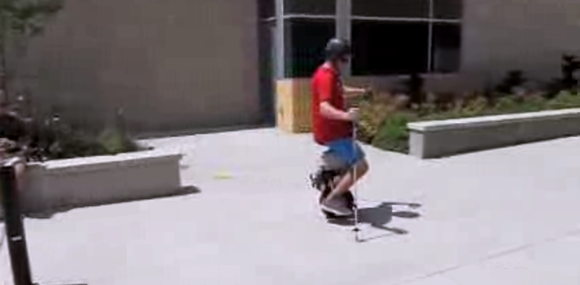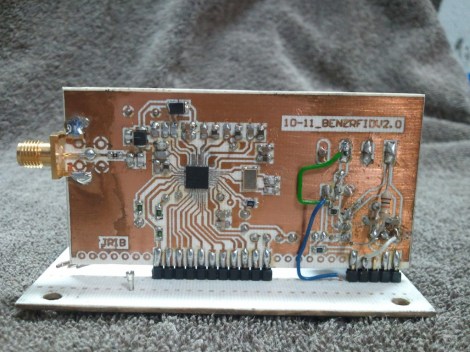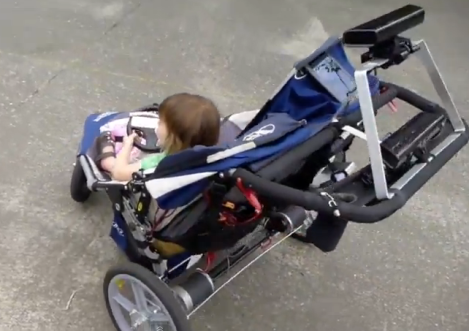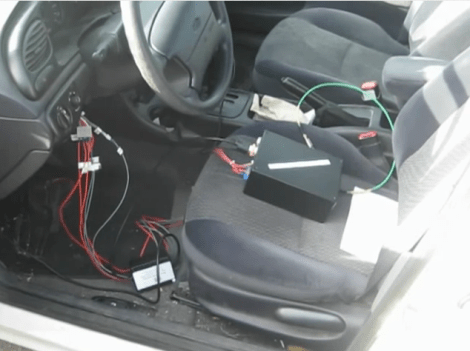[Glenn] had an old electric scooter/motorcycle in his garage that had long ago given up the ghost. Without a working battery and motor controller this scooter wasn’t beyond repair, but [Glenn] thought he could use it to build something much, much cooler. What he came up with is a self-balancing unicycle that borrows inspiration from a Segway and other self-balancing robots.
After cutting the drive chain off his scooter, [Glenn] began work on installing a new motor controller and battery. To make this unicycle balance itself, he would need a few gyroscopes and accelerometers provided via an Arduino and Sparkfun IMU shield.
After tuning his PID loop, [Glenn] hopped on his new ride and took it for a spin with the help of a pair of ski poles. It’s much easier to ride than a traditional unicycle and [Glenn] says he’s getting better at riding it.


















